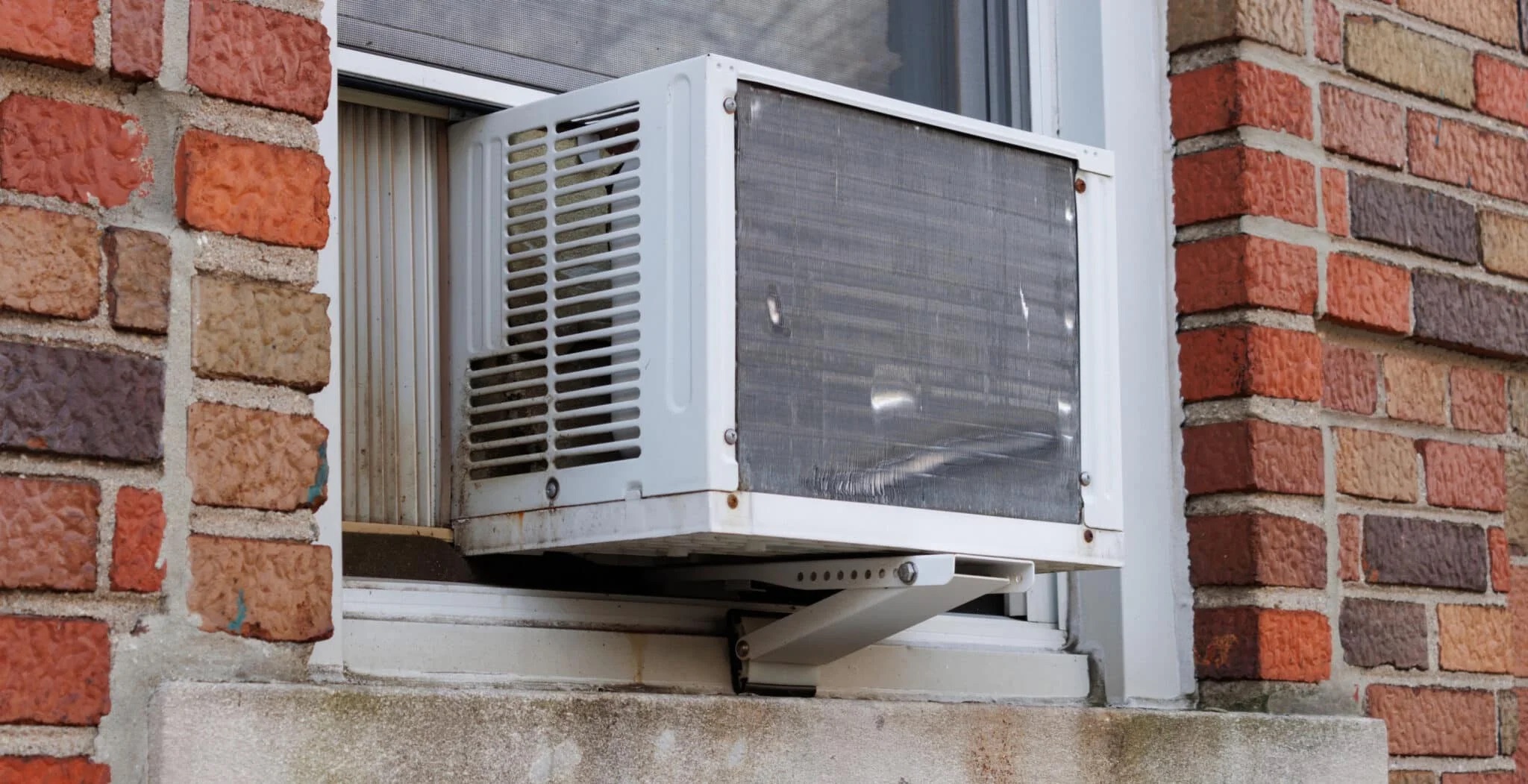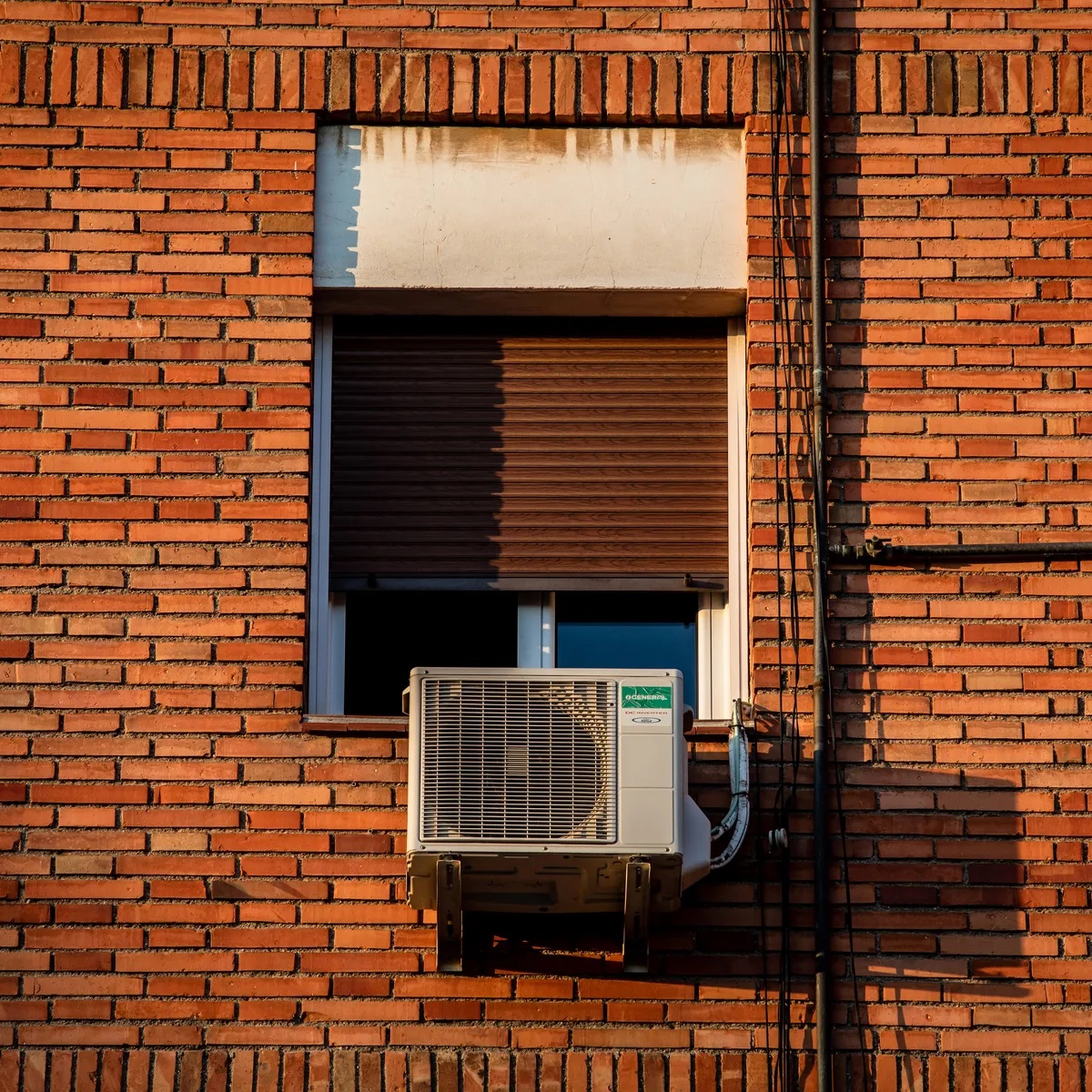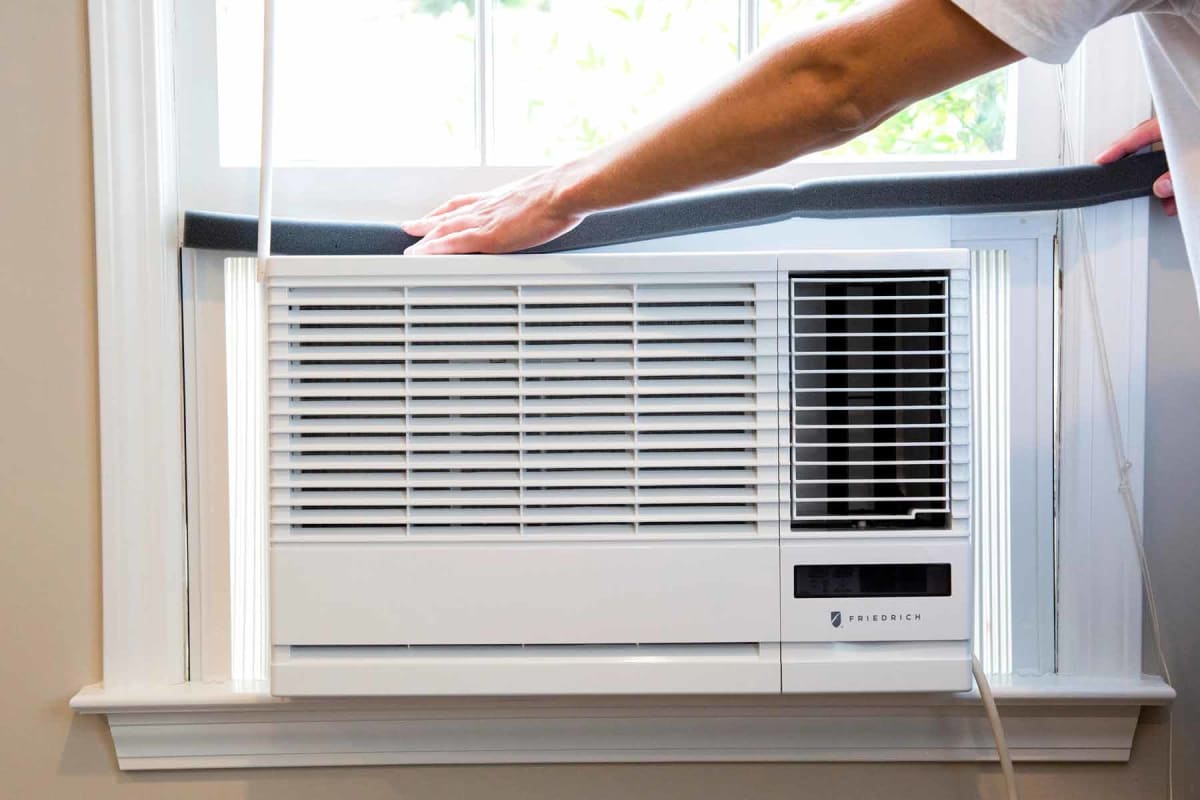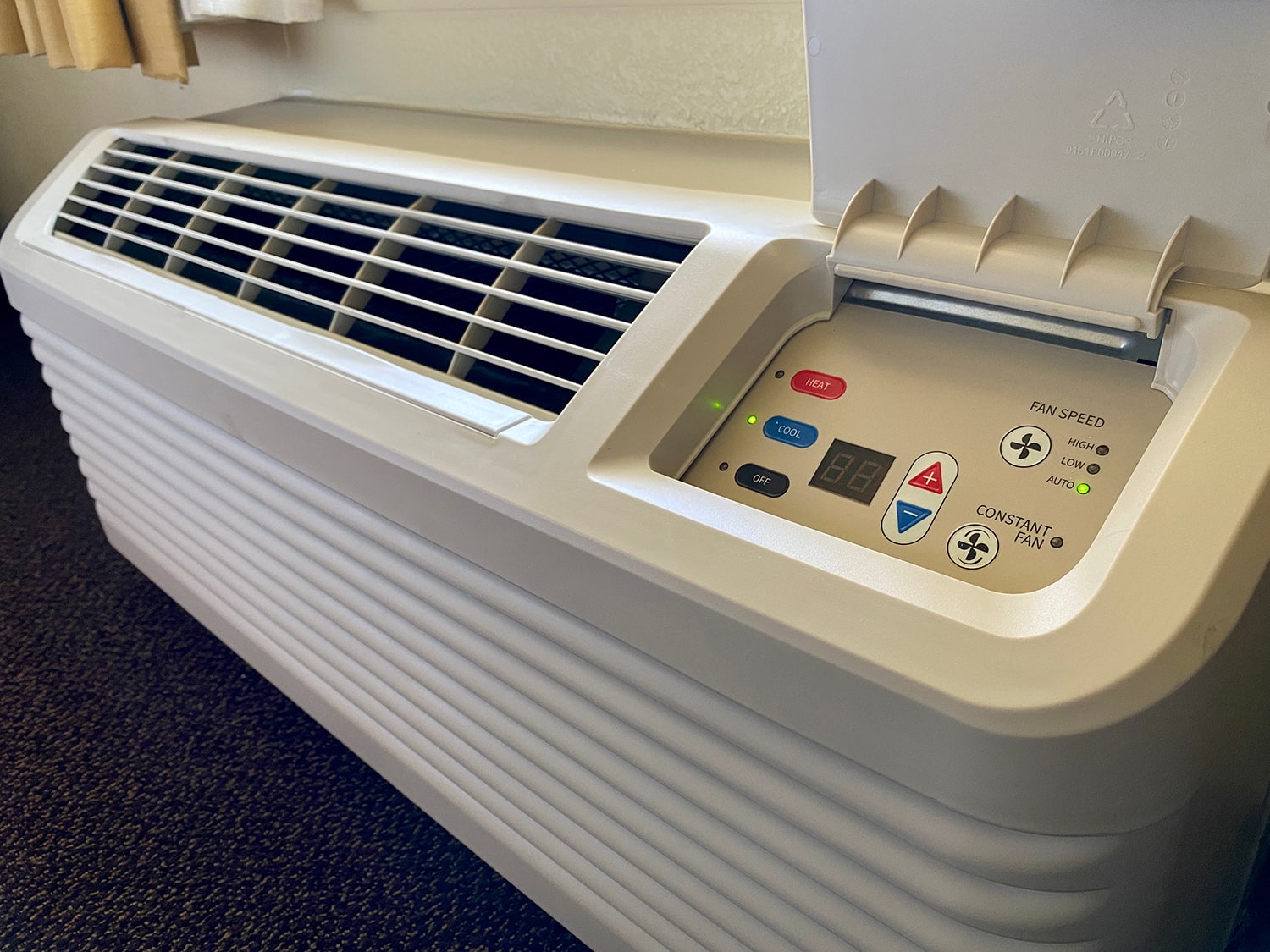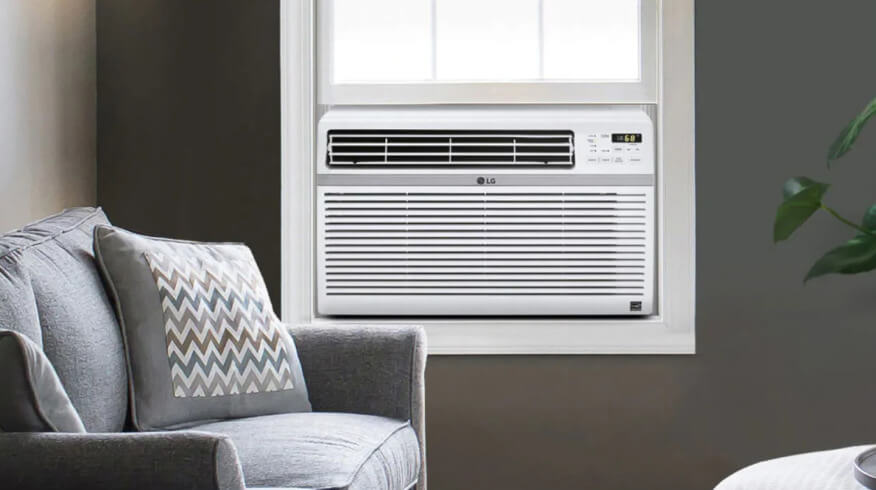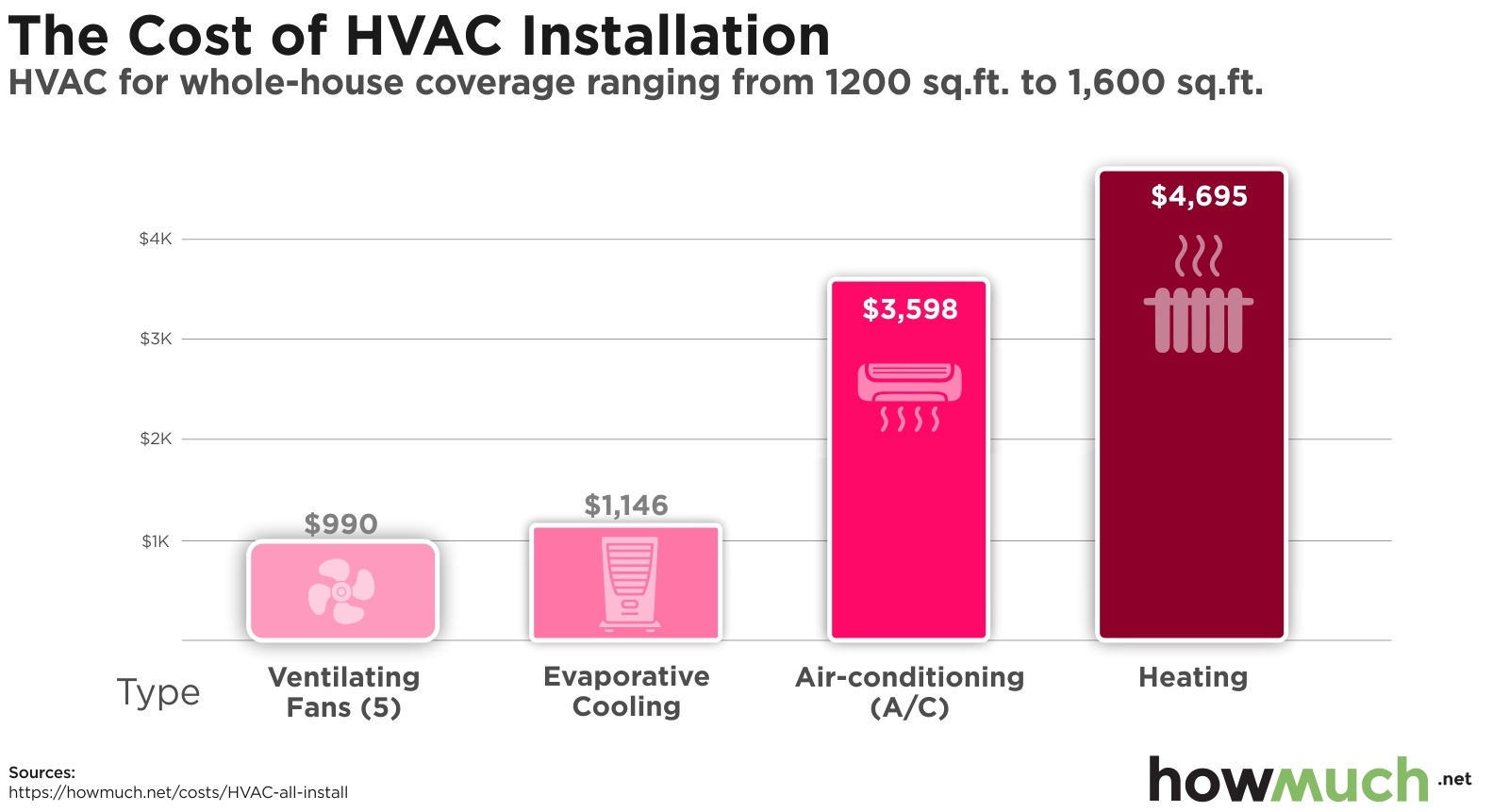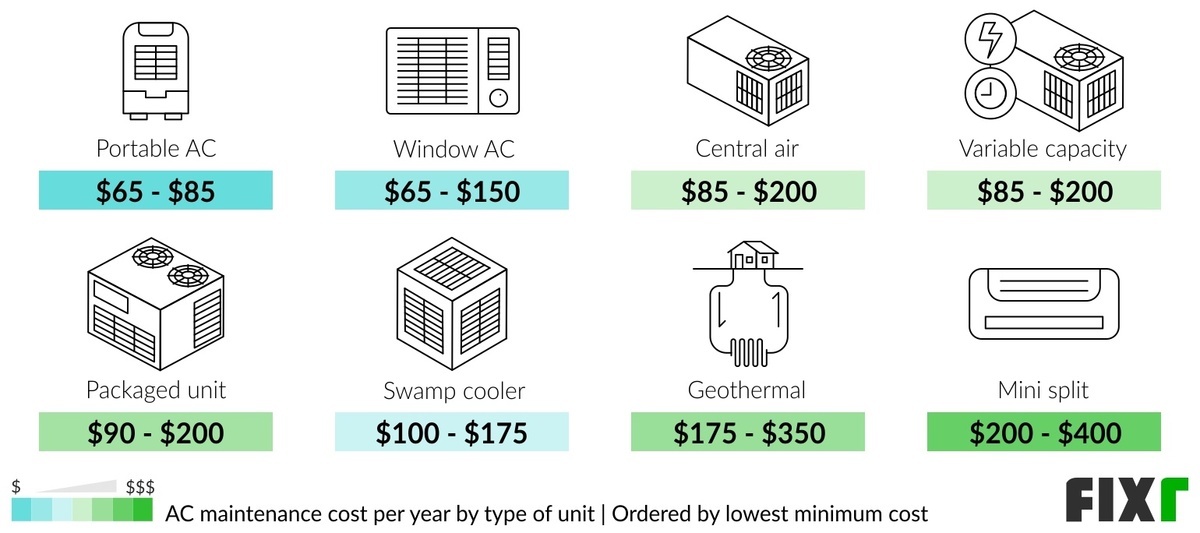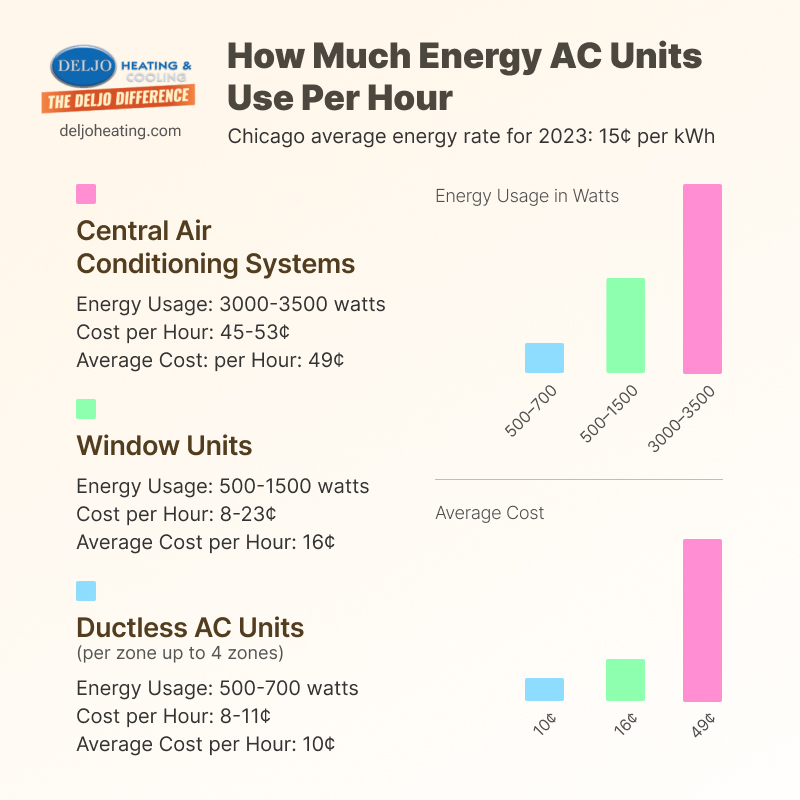How Much Does A Window Unit Ac Cost To Run
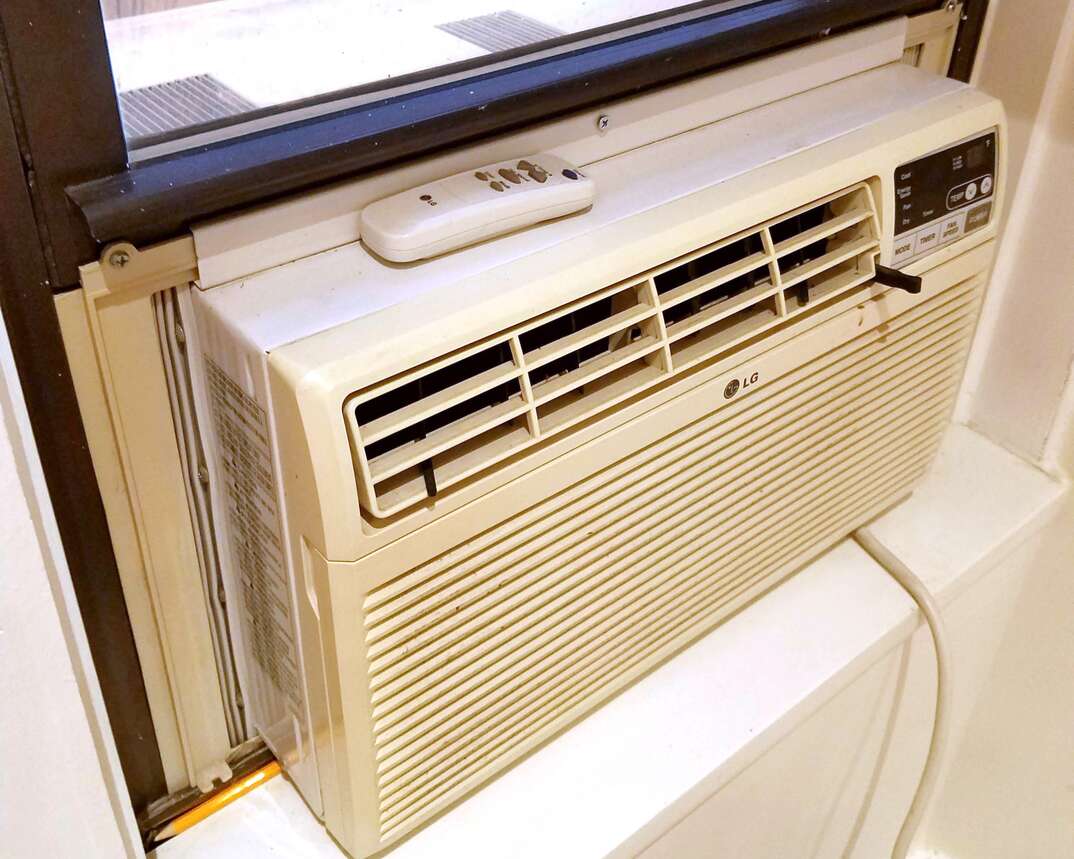
As summer temperatures soar, many Americans turn to window unit air conditioners to keep cool. But with rising energy costs, consumers are increasingly concerned about how much these appliances add to their electricity bills. Understanding the factors influencing the operating cost of a window AC unit is crucial for budget-conscious households.
This article breaks down the various elements that determine the cost of running a window AC unit. We'll explore energy consumption, electricity rates, unit size, and usage patterns. Armed with this knowledge, readers can make informed decisions to manage their cooling expenses effectively.
Factors Influencing Operating Costs
Several key factors contribute to the overall cost of running a window air conditioner. These include the unit's energy efficiency, local electricity rates, the size of the unit relative to the room, and how frequently it is used. Each of these aspects plays a significant role in determining the final cost.
Energy Efficiency (EER and SEER)
The energy efficiency of a window AC unit is typically indicated by its Energy Efficiency Ratio (EER) or Seasonal Energy Efficiency Ratio (SEER). EER measures the cooling output (in BTU) divided by the power input (in watts) at a specific operating point. A higher EER indicates greater efficiency.
SEER, on the other hand, provides a broader picture of efficiency over an entire cooling season. Generally, units with higher EER or SEER ratings consume less electricity for the same cooling output, resulting in lower operating costs. Choosing a unit with a high rating can save money in the long run.
Electricity Rates
Electricity rates vary significantly across different regions and providers. The price you pay per kilowatt-hour (kWh) directly impacts the cost of running your AC. To determine your specific rate, consult your electricity bill or contact your local utility company.
For example, a household in a state with high electricity rates, such as Hawaii or California, will likely pay more to operate a window AC unit compared to a household in a state with lower rates, such as Louisiana or Washington. Understanding your local electricity rate is crucial for calculating the true cost.
Unit Size and Room Size
The size of the AC unit, measured in British Thermal Units (BTUs), should be appropriate for the size of the room it needs to cool. An undersized unit will struggle to maintain a comfortable temperature, running constantly and consuming more energy. Conversely, an oversized unit will cycle on and off frequently, which is also inefficient and can lead to humidity issues.
The U.S. Department of Energy recommends specific BTU ratings based on room square footage. Selecting the right size ensures optimal cooling performance without excessive energy consumption. Many online calculators and guides can help you determine the appropriate BTU rating for your space.
Usage Patterns
How often and for how long you run your window AC significantly affects your energy bill. Running the unit only when necessary, such as during the hottest parts of the day or when the room is occupied, can minimize costs. Smart thermostats and timers can also help regulate usage.
Additionally, maintaining the unit by cleaning or replacing filters regularly can improve its efficiency. Clogged filters force the AC to work harder, increasing energy consumption. Simple maintenance practices can have a noticeable impact on your energy bill.
Calculating Operating Costs: An Example
To illustrate how to calculate the operating cost, let's consider a hypothetical scenario. Imagine a 5,000 BTU window AC unit with an EER of 10. It consumes 500 watts of electricity (5,000 BTU / 10 EER = 500 watts).
If the electricity rate is $0.15 per kWh and the unit is run for 8 hours a day, the daily cost would be calculated as follows: (0.5 kW x 8 hours) x $0.15/kWh = $0.60 per day. Over a month, this would amount to approximately $18.
This is just an example, and the actual cost can vary based on the factors mentioned earlier. Using an energy consumption calculator, like those provided by Energy Star, can give you a more precise estimate based on your specific circumstances.
Tips for Reducing Costs
There are several strategies to minimize the operating cost of your window AC unit. Consider using fans to circulate cool air, sealing windows and doors to prevent drafts, and drawing curtains or blinds during the hottest parts of the day.
Setting the thermostat to a slightly higher temperature can also make a significant difference. The EPA suggests setting the thermostat to 78°F (26°C) when you are home and even higher when you are away to save energy. Remember, every degree counts!
Finally, consider replacing older, less efficient units with newer, Energy Star-certified models. While the initial investment may be higher, the long-term savings on energy bills can be substantial. Look for rebates and incentives offered by your local utility company to offset the cost.
Conclusion
The cost of running a window AC unit depends on a variety of factors, including energy efficiency, electricity rates, unit size, and usage patterns. By understanding these factors and implementing energy-saving strategies, consumers can effectively manage their cooling expenses and stay comfortable without breaking the bank.
Staying informed about your energy consumption and making conscious choices can lead to significant savings over the summer months. Consider reviewing your energy usage regularly and adjusting your habits as needed to maximize efficiency and minimize costs.
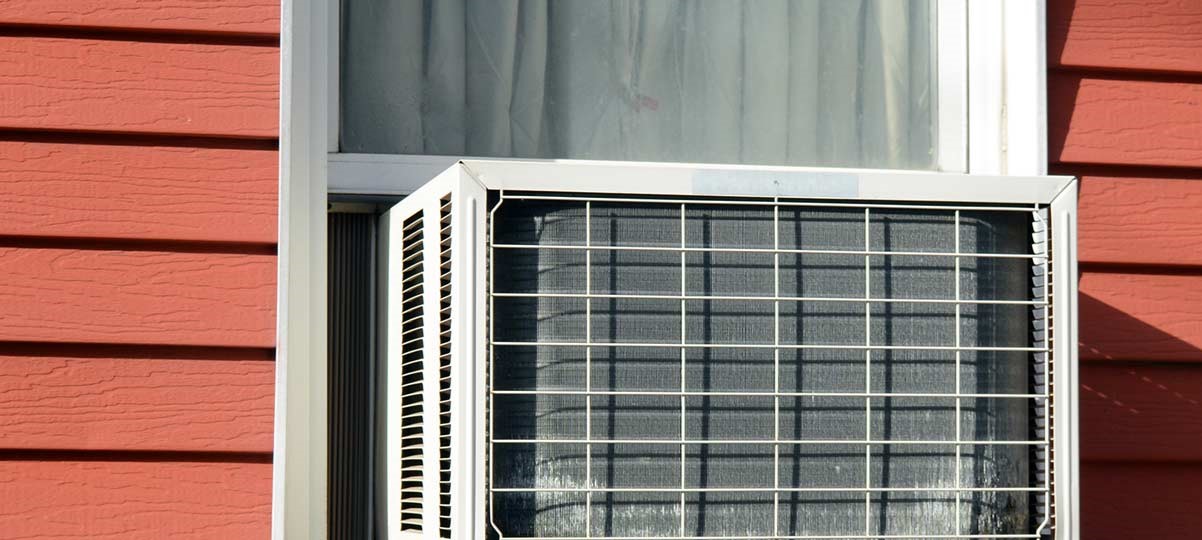
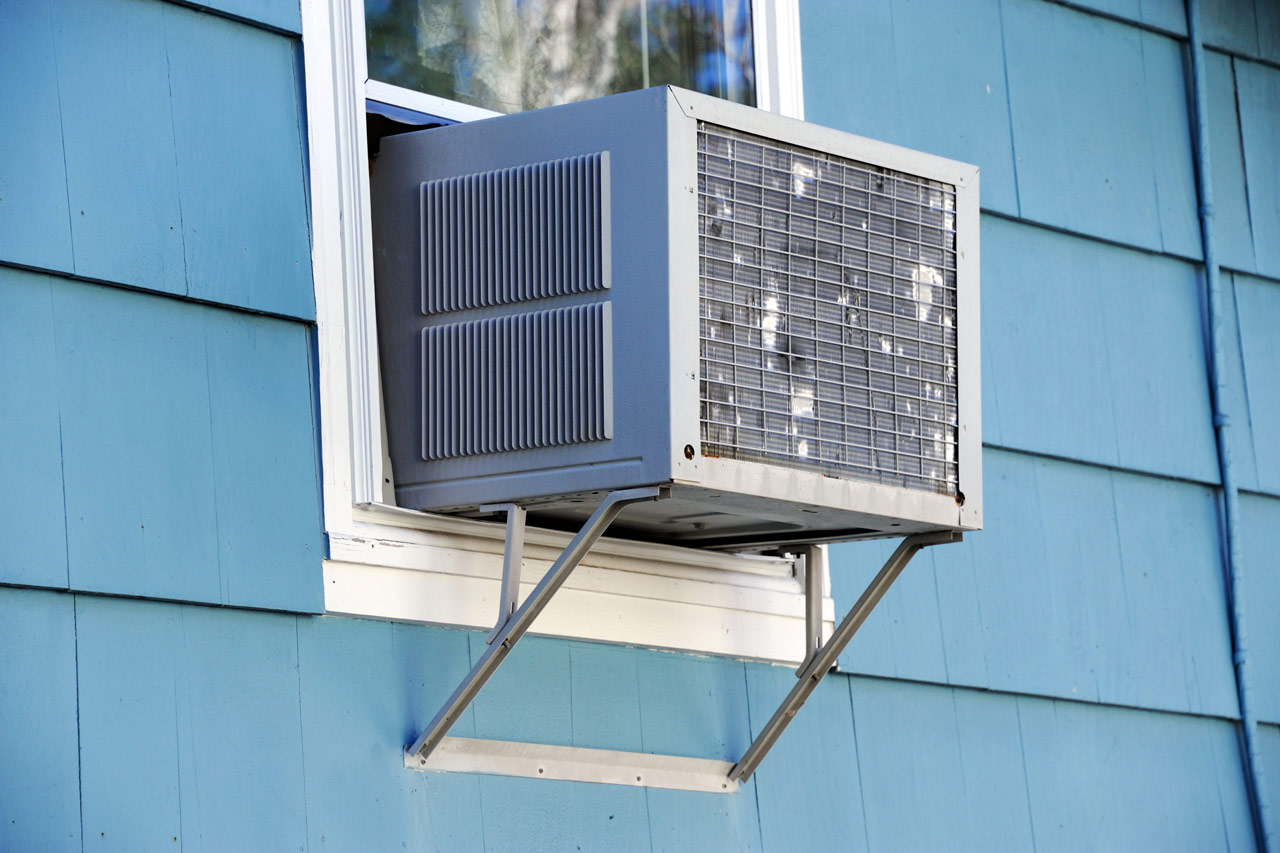
![How Much Does A Window Unit Ac Cost To Run Cost To Run Window ACs 2024 [1037 Studied | See Cheapest]](https://ecocostsavings.com/wp-content/uploads/2022/05/cost-to-run-window-air-conditioners.jpg)
![How Much Does A Window Unit Ac Cost To Run How Much Does It Cost to Run a Window Air Conditioner? [2025 Data] | Angi](https://media.angi.com/s3fs-public/window-ac-unit.jpeg)
